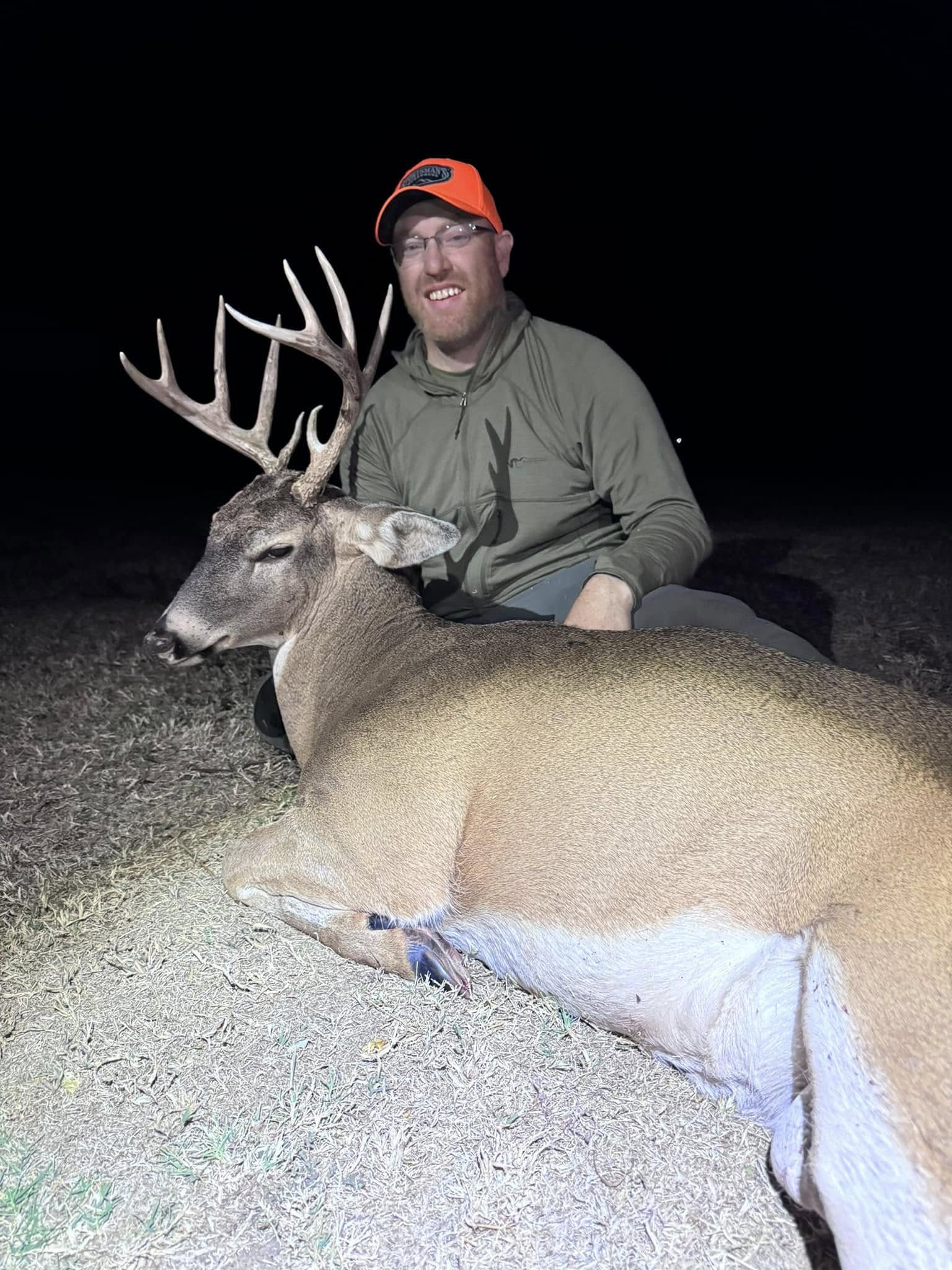Essential Gear for PRS Competitions: A Beginner's Guide

Getting Started in PRS Without Breaking the Bank
So you've decided to dive into the exciting world of Precision Rifle Series (PRS) competitions. Congratulations! PRS matches offer a unique blend of marksmanship challenge, technical skill development, and community that few other shooting sports can match. But as a newcomer, the gear requirements can seem overwhelming—and potentially expensive.
The good news? You don't need to spend a fortune to get started. This guide will walk you through the essential gear you need to begin competing in PRS matches, with options for different budget levels.
The Absolute Essentials
1. A Reliable Precision Rifle
Your rifle is naturally your most important piece of equipment. For beginners, we recommend:
- Caliber: 6.5 Creedmoor is currently the most popular choice for beginners due to its excellent ballistic performance, manageable recoil, and widely available factory ammunition.
- Action: A smooth-cycling bolt action with a 60-70° throw is ideal.
- Budget Option: Ruger Precision Rifle, Bergara B-14 HMR, or Tikka T3x CTR ($800-1,200)
- Mid-Range Option: Tikka T3x TAC A1, Bergara Premier Series, or Savage 110 Precision ($1,200-2,000)
"The rifle only needs to be as accurate as the stage requires. Most PRS stages don't require better than 1 MOA accuracy, which most modern production rifles can achieve with good ammunition." — John Smith, 3-time New Mexico PRS Champion
2. Quality Optic
Your scope is arguably as important as your rifle. For PRS competition, you'll need:
- Magnification: Variable power with at least 15-18x on the high end. Most competitors use scopes in the 5-25x range.
- Reticle: A first focal plane (FFP) scope with a milliradian (MIL) reticle is strongly recommended.
- Turrets: Exposed tactical turrets with positive clicks for quick adjustments.
- Budget Option: Athlon Ares BTR, Vortex Viper PST Gen II, or Primary Arms PLx ($800-1,200)
- Mid-Range Option: Vortex Razor HD Gen II, Nightforce NX8, or Leupold Mark 5HD ($1,500-2,500)
3. Ammunition
Consistent ammunition is crucial for precision shooting. Options include:
- Factory Match Grade: Hornady Match, Federal Gold Medal, or Nosler Match Grade ($1.50-2.50 per round)
- Handloading: More economical in the long run but requires additional equipment and knowledge
For your first few matches, quality factory ammunition is perfectly acceptable. Many top competitors still use it.
Essential Support Gear
4. Shooting Support
PRS stages require shooting from various positions with different supports:
- Bipod: A quality, adjustable bipod like the Harris S-BRM or Atlas CAL ($100-250)
- Rear Bag: A good rear support bag filled with plastic beads or sand ($30-100)
- Barricade/Obstacle Bag: A smaller, more versatile bag for unconventional positions ($40-80)
5. Shooting Mat
A good shooting mat provides comfort and stability for prone positions:
- Budget Option: Midway USA Competition Mat or similar ($50-80)
- Mid-Range Option: Tab Gear or MK Machining shooting mat ($100-150)
6. Weather Tools
Understanding environmental conditions is crucial for precision shooting:
- Kestrel Weather Meter: A basic model without ballistics is sufficient for beginners ($150-200)
- Budget Alternative: Smartphone apps like Strelok Pro combined with local weather data
7. Data Book or App
Recording your shots and conditions helps build a reliable data set:
- Physical Data Book: Impact Data Books or similar ($20-40)
- Digital Option: Apps like Hornady 4DOF or Applied Ballistics ($10-30)
Personal Equipment
8. Eye and Ear Protection
Safety equipment is non-negotiable:
- Eye Protection: Quality shooting glasses with clear and tinted lenses ($30-100)
- Ear Protection: Electronic earmuffs or custom molded plugs ($50-300)
9. Appropriate Clothing
Dress for comfort and functionality:
- Layers: Matches can run all day in varying conditions
- Knee Pads: For barricade stages and kneeling positions
- Hat: With a brim to shield your eyes and face from sun
Gear Transportation
10. Range Bag and Rifle Case
You'll need a way to transport your equipment safely:
- Range Bag: To carry ammunition, tools, and accessories
- Rifle Case: A padded soft case is sufficient for local matches; hard cases are better for travel
Start Simple, Add as You Go
The most important advice for beginners: don't feel pressured to buy everything at once. Start with the absolute essentials (rifle, optic, ammunition, bipod, and rear bag) and add gear as you identify specific needs.
Many PRS shooters are happy to loan equipment to newcomers or offer advice on what to purchase. The community is generally very welcoming to beginners.
"I've seen competitors with $10,000 rigs get outshot by someone with a $1,500 setup and more practice time. Focus on fundamentals first, gear second." — Mike Johnson, Bolt Gun Nation Match Director
Conclusion
Getting started in PRS doesn't have to break the bank. A reliable rifle, quality optic, and basic support gear will get you through your first several matches while you learn the sport. As you progress, you'll develop preferences and identify areas where equipment upgrades will benefit your specific shooting style.
Remember that practice and skill development will always yield better returns than equipment upgrades. Invest in training and ammunition for practice before spending on high-end gear.
Ready to put your gear to the test? Check out our upcoming events to find the next Bolt Gun Nation match in your area.
Related Resources
- •Comprehensive Rifle Maintenance Guide for Precision Shooters
Learn how to properly maintain your precision rifle for optimal performance and longevity.
- •Ultimate Match Preparation Checklist for Precision Rifle Shooters
A comprehensive checklist to ensure you're fully prepared for your next precision rifle competition.
- •Essential Equipment Recommendations for Precision Rifle Shooting
A detailed guide to the required and recommended equipment for precision rifle competitions.
- •Effective Training Techniques for Precision Rifle Shooters
Discover proven training methods to improve your precision rifle skills.

Joe Gurule
Joe is a competitive PRS shooter with over 10 years of experience. He specializes in equipment selection and optimization for precision rifle competitions.